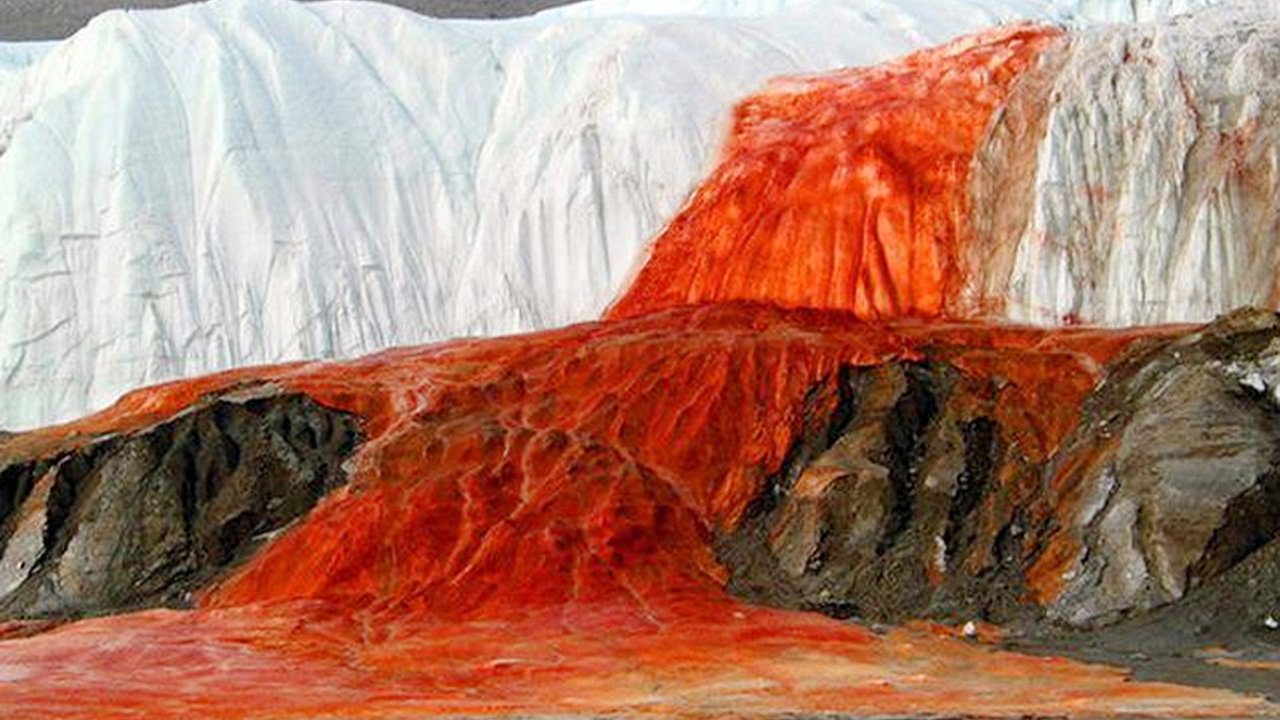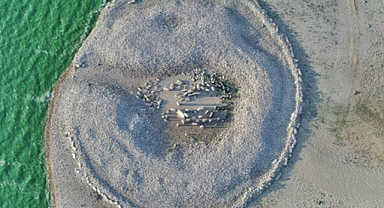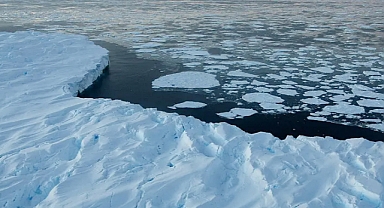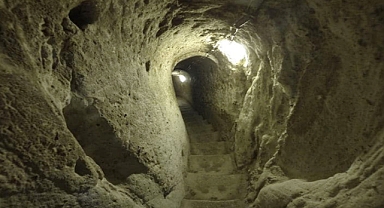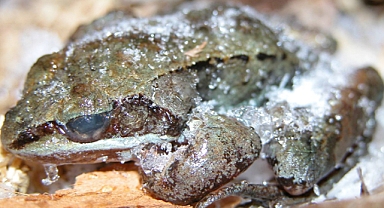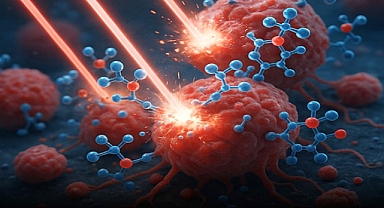The Bleeding Glacier: Nature’s Strange Spectacle at the Bottom of the World
On the farthest southern edges of our planet, amid the icy vastness of Antarctica, something extraordinary flows from a glacier—something that looks disturbingly like blood. This phenomenon, known as Blood Falls, cascades from the Taylor Glacier into Lake Bonney in the McMurdo Dry Valleys. At five stories high, this red-hued waterfall seems more like a scene from a horror story than a scientific marvel.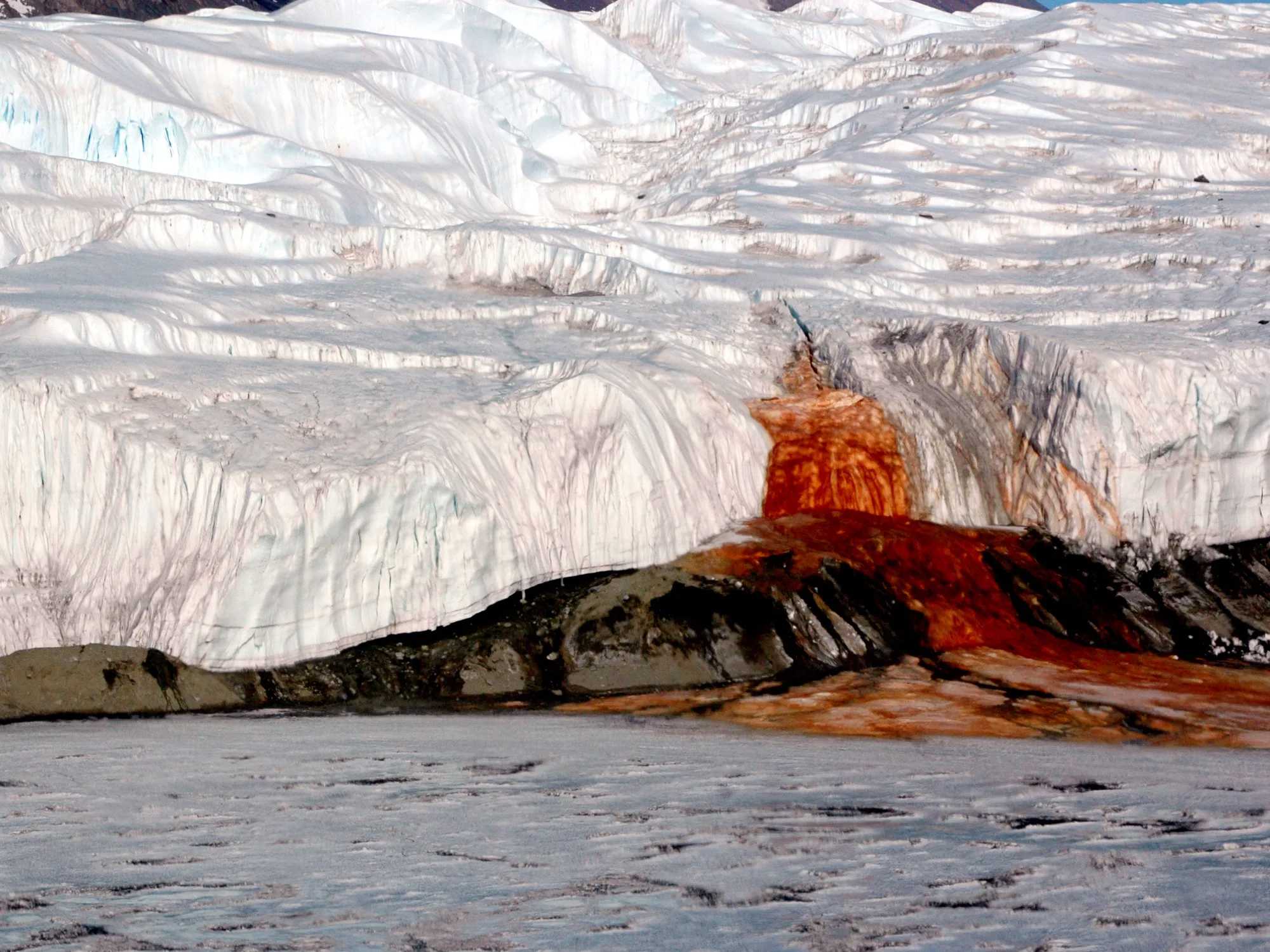 Blood Falls seeps from the end of the Taylor Glacier into Lake Bonney. Peter Rejcek, National Science FoundationThe sight alone is haunting—a stark contrast to the frozen white landscape surrounding it. But what gives Blood Falls its gory coloration isn’t blood at all. It’s science. Around five million years ago, a rise in sea levels submerged parts of East Antarctica, forming a hypersaline lake. Over millennia, glaciers formed over this lake, sealing it off from the outside world and preserving the ancient water beneath nearly 400 meters of ice. As freezing continued, the trapped water became increasingly saline—now over three times saltier than ocean water and incapable of freezing due to its salt content.This hidden lake, untouched by air or light for millions of years, is unlike any other on Earth. The water that eventually flows from Blood Falls is heavily saturated with iron, ground into it by glaciers as they moved across the rocky bed. When the salty, iron-rich water escapes through a crevice in the Taylor Glacier and contacts the oxygen-rich surface air, it oxidizes—the iron rusts, leaving behind a vivid crimson trail that stains the ice like open wounds.
Blood Falls seeps from the end of the Taylor Glacier into Lake Bonney. Peter Rejcek, National Science FoundationThe sight alone is haunting—a stark contrast to the frozen white landscape surrounding it. But what gives Blood Falls its gory coloration isn’t blood at all. It’s science. Around five million years ago, a rise in sea levels submerged parts of East Antarctica, forming a hypersaline lake. Over millennia, glaciers formed over this lake, sealing it off from the outside world and preserving the ancient water beneath nearly 400 meters of ice. As freezing continued, the trapped water became increasingly saline—now over three times saltier than ocean water and incapable of freezing due to its salt content.This hidden lake, untouched by air or light for millions of years, is unlike any other on Earth. The water that eventually flows from Blood Falls is heavily saturated with iron, ground into it by glaciers as they moved across the rocky bed. When the salty, iron-rich water escapes through a crevice in the Taylor Glacier and contacts the oxygen-rich surface air, it oxidizes—the iron rusts, leaving behind a vivid crimson trail that stains the ice like open wounds.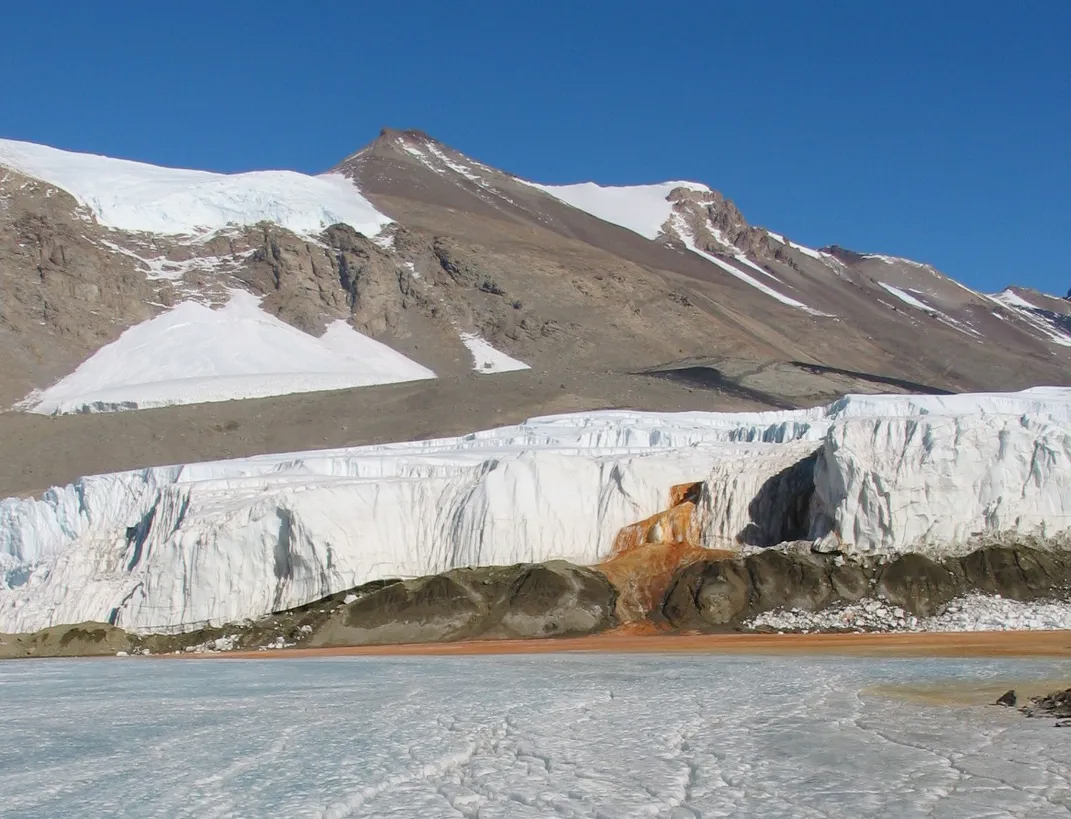 A view of Blood Falls from Lake Bonney. Mike MartocciaYet, the eerie color isn’t the strangest thing about Blood Falls. Scientists are far more fascinated by what’s alive inside. Trapped in this sealed, lightless, oxygen-deprived brine are ancient microbes—microorganisms that have not only survived but adapted. They function in a way similar to life near deep-sea vents, generating energy not from sunlight or oxygen but by breaking down sulfates. This chemical process frees oxygen, which then reacts with the lake’s iron to recreate the sulfates, essentially forming a closed-loop life support system. This bizarre cycle sustains life in what should be a lifeless abyss.Blood Falls isn't just a scientific curiosity—it’s a chilling, majestic reminder of how life can adapt to the harshest conditions imaginable. Its isolated location makes it accessible only by helicopter from Antarctic research stations or by special expeditions navigating the icy Ross Sea. Yet despite its remoteness, this scarlet cascade continues to captivate the minds of scientists and explorers alike.
A view of Blood Falls from Lake Bonney. Mike MartocciaYet, the eerie color isn’t the strangest thing about Blood Falls. Scientists are far more fascinated by what’s alive inside. Trapped in this sealed, lightless, oxygen-deprived brine are ancient microbes—microorganisms that have not only survived but adapted. They function in a way similar to life near deep-sea vents, generating energy not from sunlight or oxygen but by breaking down sulfates. This chemical process frees oxygen, which then reacts with the lake’s iron to recreate the sulfates, essentially forming a closed-loop life support system. This bizarre cycle sustains life in what should be a lifeless abyss.Blood Falls isn't just a scientific curiosity—it’s a chilling, majestic reminder of how life can adapt to the harshest conditions imaginable. Its isolated location makes it accessible only by helicopter from Antarctic research stations or by special expeditions navigating the icy Ross Sea. Yet despite its remoteness, this scarlet cascade continues to captivate the minds of scientists and explorers alike.
On the farthest southern edges of our planet, amid the icy vastness of Antarctica, something extraordinary flows from a glacier—something that looks disturbingly like blood. This phenomenon, known as Blood Falls, cascades from the Taylor Glacier into Lake Bonney in the McMurdo Dry Valleys. At five stories high, this red-hued waterfall seems more like a scene from a horror story than a scientific marvel.
 Blood Falls seeps from the end of the Taylor Glacier into Lake Bonney. Peter Rejcek, National Science FoundationThe sight alone is haunting—a stark contrast to the frozen white landscape surrounding it. But what gives Blood Falls its gory coloration isn’t blood at all. It’s science. Around five million years ago, a rise in sea levels submerged parts of East Antarctica, forming a hypersaline lake. Over millennia, glaciers formed over this lake, sealing it off from the outside world and preserving the ancient water beneath nearly 400 meters of ice. As freezing continued, the trapped water became increasingly saline—now over three times saltier than ocean water and incapable of freezing due to its salt content.This hidden lake, untouched by air or light for millions of years, is unlike any other on Earth. The water that eventually flows from Blood Falls is heavily saturated with iron, ground into it by glaciers as they moved across the rocky bed. When the salty, iron-rich water escapes through a crevice in the Taylor Glacier and contacts the oxygen-rich surface air, it oxidizes—the iron rusts, leaving behind a vivid crimson trail that stains the ice like open wounds.
Blood Falls seeps from the end of the Taylor Glacier into Lake Bonney. Peter Rejcek, National Science FoundationThe sight alone is haunting—a stark contrast to the frozen white landscape surrounding it. But what gives Blood Falls its gory coloration isn’t blood at all. It’s science. Around five million years ago, a rise in sea levels submerged parts of East Antarctica, forming a hypersaline lake. Over millennia, glaciers formed over this lake, sealing it off from the outside world and preserving the ancient water beneath nearly 400 meters of ice. As freezing continued, the trapped water became increasingly saline—now over three times saltier than ocean water and incapable of freezing due to its salt content.This hidden lake, untouched by air or light for millions of years, is unlike any other on Earth. The water that eventually flows from Blood Falls is heavily saturated with iron, ground into it by glaciers as they moved across the rocky bed. When the salty, iron-rich water escapes through a crevice in the Taylor Glacier and contacts the oxygen-rich surface air, it oxidizes—the iron rusts, leaving behind a vivid crimson trail that stains the ice like open wounds. A view of Blood Falls from Lake Bonney. Mike MartocciaYet, the eerie color isn’t the strangest thing about Blood Falls. Scientists are far more fascinated by what’s alive inside. Trapped in this sealed, lightless, oxygen-deprived brine are ancient microbes—microorganisms that have not only survived but adapted. They function in a way similar to life near deep-sea vents, generating energy not from sunlight or oxygen but by breaking down sulfates. This chemical process frees oxygen, which then reacts with the lake’s iron to recreate the sulfates, essentially forming a closed-loop life support system. This bizarre cycle sustains life in what should be a lifeless abyss.Blood Falls isn't just a scientific curiosity—it’s a chilling, majestic reminder of how life can adapt to the harshest conditions imaginable. Its isolated location makes it accessible only by helicopter from Antarctic research stations or by special expeditions navigating the icy Ross Sea. Yet despite its remoteness, this scarlet cascade continues to captivate the minds of scientists and explorers alike.
A view of Blood Falls from Lake Bonney. Mike MartocciaYet, the eerie color isn’t the strangest thing about Blood Falls. Scientists are far more fascinated by what’s alive inside. Trapped in this sealed, lightless, oxygen-deprived brine are ancient microbes—microorganisms that have not only survived but adapted. They function in a way similar to life near deep-sea vents, generating energy not from sunlight or oxygen but by breaking down sulfates. This chemical process frees oxygen, which then reacts with the lake’s iron to recreate the sulfates, essentially forming a closed-loop life support system. This bizarre cycle sustains life in what should be a lifeless abyss.Blood Falls isn't just a scientific curiosity—it’s a chilling, majestic reminder of how life can adapt to the harshest conditions imaginable. Its isolated location makes it accessible only by helicopter from Antarctic research stations or by special expeditions navigating the icy Ross Sea. Yet despite its remoteness, this scarlet cascade continues to captivate the minds of scientists and explorers alike.